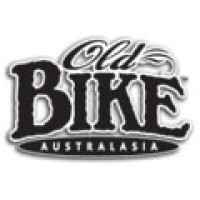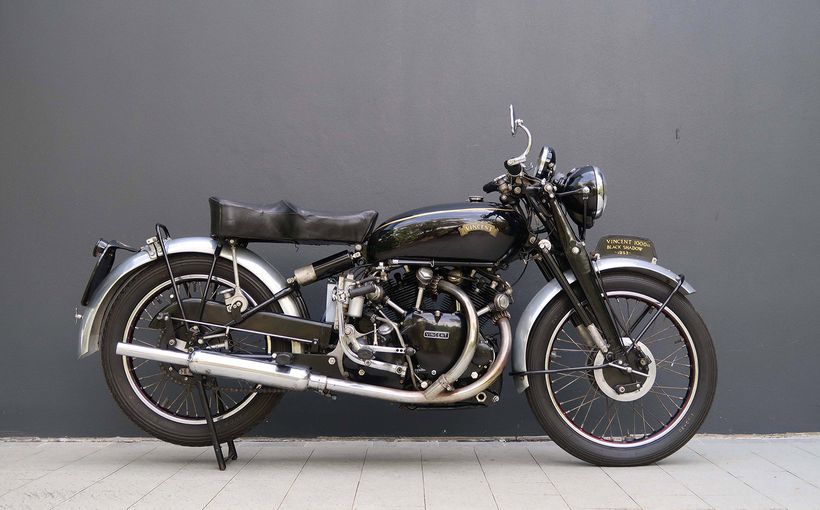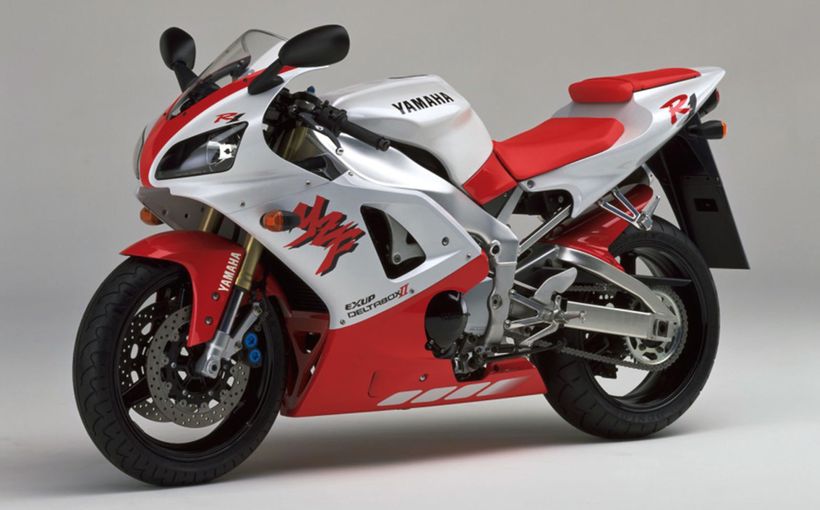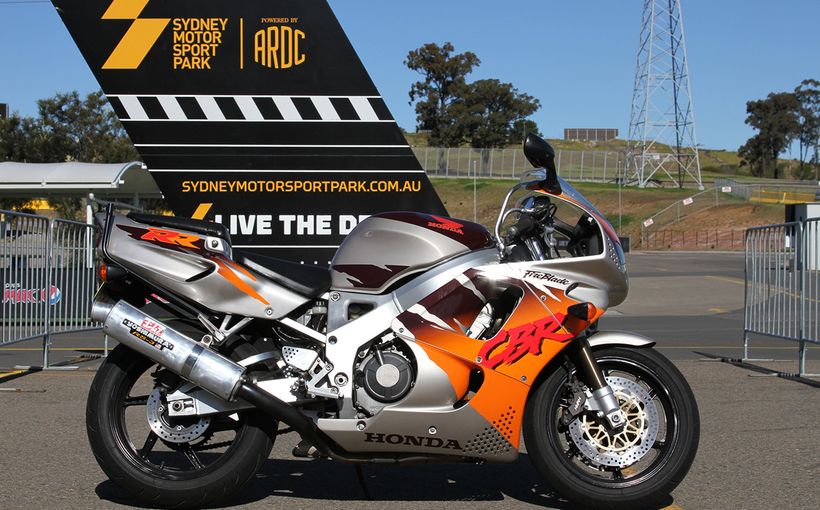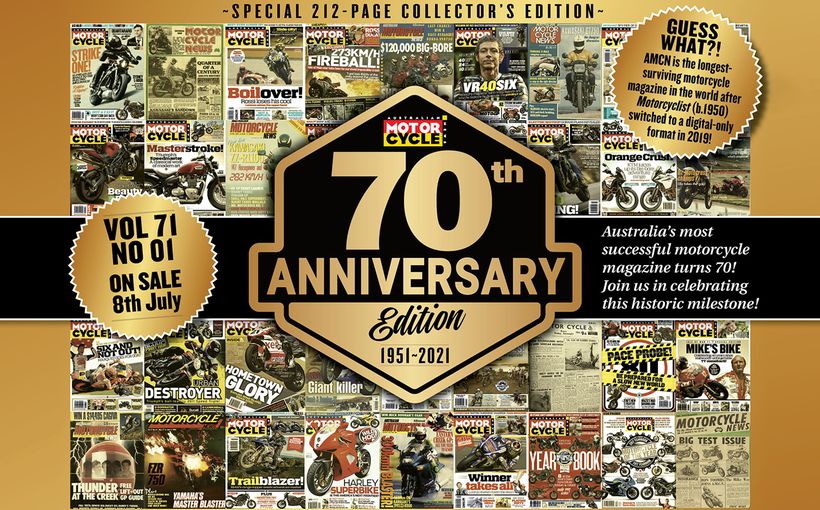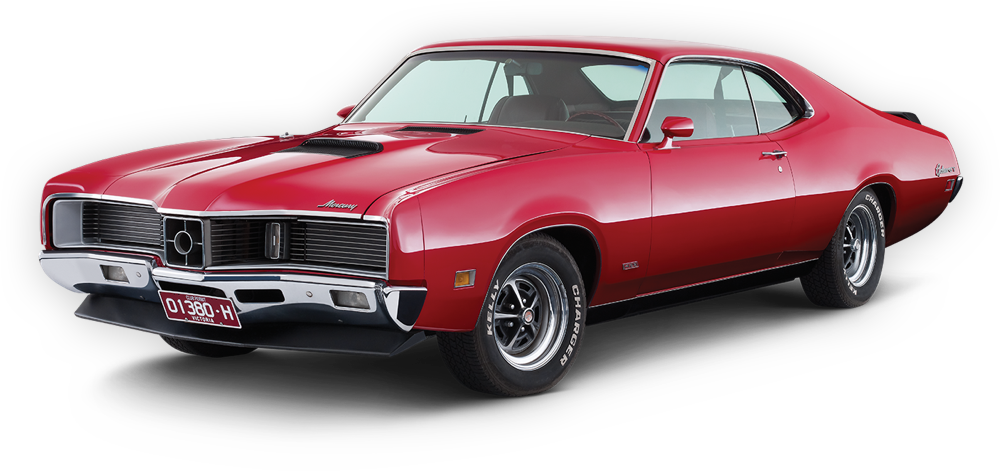
Founded in 1917 in Nuremburg, Zunder - und Apparatebau (Detonator Apparatus) was originally a manufacturer of detonators for explosives, but with the decline for weapons following WW1, the company was acquired by Fritz Neumeyer (one of the original partners). He turned his hand to motorcycle construction, the first model being the 211cc Motorrad fur Jedermann (The Motorcycle for Everybody), which was based on a Levis. These simple lightweights sold in large numbers, but Neumeyer had grander plans and in 1930 introduced the S500 and SS500 overhead valve models, powered by British four-valve Rudge Python engines. In Britain, Zundapps were sold as Newmounts.
At the 1933 Berlin Motor Show, Zundapp unveiled a completely new range of motorcycles - the K-series (K for Kardanantrieb, or enclosed powertrain) – with what was to become Zundapp’s signature design , the pressed-steel frame. The model featured shaft final drive with two universal joints and was available in sizes from 400cc to 500cc as twins, and 600cc 800cc fours, as well as 200cc two-strokes. By 1937, Zundapp had almost 20% of the German market and produced its 200,000th motorcycle a year later. When the Second World War changed the situation somewhat, Zundapp responded with the KS750 “Kriegselefanten’ (war elephant) , featuring a driven sidecar wheel with a locking differential, 18,000 of which were supplied to the German Wehrmacht. Other wartime items produced by Zundapp included 2-litre four-cylinder aircraft engines, stationary engines using a fan-cooled version of the 600cc flat-twin motor), aircraft starter motors, and an expendable remote-controlled demolition charge carrier known as the Goliath. Allied bombing destroyed the plant in 1944 but it was substantially rebuilt and was reopened in 1945.
Zundapp struggled to piece its operation back together, initially forming a partnership with Hipkow to build corn-milling machinery. A line of sewing machines and outboard motors was also produced at a new factory in Munich. It was 1948 before the company ventured back into motorcycle production, initially with the pre-war DB200 two stroke.
In contrast to the gargantuan proportions of the KS750, post-war Zundapps were generally lighter machines. These included the Bella motor scooter, and the KS601, or ‘Green Elephant’ – a 600cc twin. The original Zundapp works at Nuremberg were sold to Bosch in 1958. By 1984, the company was in serious difficulties, and the Munich plant and equipment was sold to China where motorcycles were made and sold as Tianjin. Some surplus machinery went to the Enfield India factory in Madras. Zundapp’s final gasps as a motorcycle manufacturer were a far cry from the days of their revered big four strokes, Small scooters and 125cc enduro bikes carried the name to the end, but it is the now highly-collectable big twins for which the company is so fondly remembered.

Twice bitten
It was in 1935, the year Neumeyer died, that the KS-500 was introduced. These were the forerunners of the KS601 design, with cast iron cylinders and aluminium alloy heads and rocker boxes. For the first time, a positive-stop foot change was offered in place of the antiquated hand change. The gearbox, which is notable for having no gears, uses the Zundapp signature duplex chains linking eight duplex sprockets.
Of a more utilitarian design was the K-500, produced from 1933 to 1940. The side-valve 69 x 66.6mm 498cc opposed twin produced a modest 16 hp, with a compression ratio of 5.8:1, with a maximum speed of just 105 km/h. A military version, the K-500W was also produced.

The late Lindsay Lange, from Geelong, owned two K-500s, almost 40 years apart. He purchased his first in 1946, from Gordon Hall – a transaction that involved the exchange of his ex-army G3L Matchless (which had been bought for £100 in 1945) plus £30 cash. The K-500 was registered Victoria 20-331, engine number 182529, and Lindsay traced its history through Carl Junker Motor Garage sales in Heidelburg, Melbourne in 1945, thence to Fred Betts from Geelong, Archie Millage and Gordon Hall – all within the space of two years. This K-500 had long gone when, in 1975, Lindsay heard of another, which had been purchased from Zundapp importers Findlay & Connor of Elizabeth Street Melbourne in 1937. At £139/18/-, the K-500 was not a cheap motorcycle, but it found an owner in Ron Pullen, of Albert Park, and was registered Victoria 48-405. Mr Pullen still owned the motorcycle in 1978, and allowed Lindsay to view it, parked in a garage and covered with bags to protect it. The speedo showed a genuine 16,000 miles.
“He would not sell at the time, so I asked him if he would give me the first offer if he ever decided to part with the bike, but he was non-committal,” Lindsay recalled. “ Every two or three years I would ring him and inquire if he would sell his bike to me. The answer was always “no!” In 1987 I visited him again and this time he said he would sell, so of course, I bought it. He had owned the bike for 50 years and always kept it fully registered.”

“The bike still has the original paintwork. Most chrome needed re-plating, although the petrol tank cap, the petrol tank and the lettering on each side of the tank is original. The tool kit is also original and complete in its leather roll, including the tyre pump, steering lock and even the small toolbox lock with the word “Zundapp” on the clasp. All maintenance documents and various Zundapp catalogues came with the bike.”
“The engine, which has circulating sump lubrication, is fitted across the very strong pressed-steel frame. The front forks have a built-in oil pressure shock absorber. The gear box is unusual, with a hand-change car-type H-pattern operation. The four duplex chains in the gearbox, and the clutch, run in oil, which makes for very quite operation. The wheels are interchangeable with knock-out spindles. The ribbed aluminium foot boards are ideal in wet weather and also tend to keep the feet warm on cold days.”

“As the bike had not run for a number of years I removed the engine sump and washed it out with petrol. I changed the oils in the gearbox and final drive unit. The engine oil I decided to use was a detergent oil for about 20 miles then I drained it out and filled up with straight 50-grade. I installed a new battery, then removed the spark plugs and gave each cylinder a squirt of penetrating oil to release any stuck piston rings. After a few kicks, the motor purred into life and ran sweetly.”
“I have used the K-500 at various Vintage and Classic rallies in Victoria and NSW and won a number of trophies. The bike generates a great deal of interest, and has a comfortable touring speed of 40-45 mph. It now has 22,300 miles on the odometer. My first K-500 gave me a lot of pleasure and it was for this reason that I felt so fortunate to obtain a second one later in life, after my retirement.”

Protect your Zundapp. Call Shannons Insurance on 13 46 46 to get a quote today.



